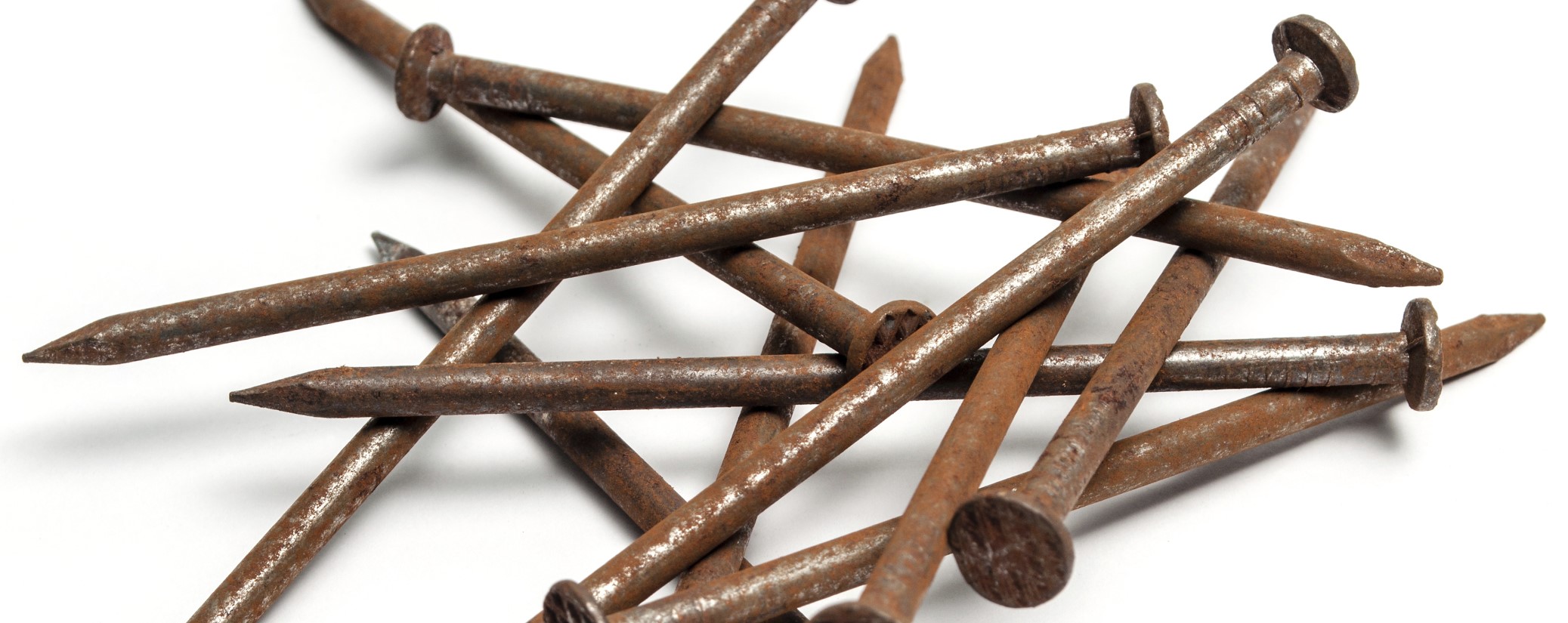Matter
Matter has many characteristics, whether it's the state it's in, the types of changes occurring to it, or how it's classified depending upon the combinations of elements or substances.
Physical vs. Chemical Changes

Physical and chemical changes are similar to one another but are very different at the molecular level. Physical changes are mostly visual, as they do not alter the chemical bonds of the object involved nor create new substances.
Take for example chopping wood, this change is physical because the wood still has the same molecular properties as it did before. The only difference is that there are now multiple pieces of wood because it was chopped.

Chemical changes, on the other hand, are more complex and not so easily identifiable nor differentiable from physical changes. However, these 5 indicators can be used to make distinguishing the two easier.
- Burning or fire is present
- The temperature changes without outside heating or cooling
- An explosion occurs
- There's a change in color
- There are fizzing bubbles or there's a change in odor
An example of this would be a nail rusting, as a chemical reaction is taking place between the iron in the nail, water from outside sources, and the oxygen in the atmosphere.
Classification of Matter
The main two sub-classifications of matter include pure substances and mixtures. Pure substances generally include elements and compounds, whereas a mixture is a combination of at least two or more pure substances.
A pure substance is something that consists of a fixed chemical composition throughout its contents. These contents are most often single elements or compounds, such as carbon or water. Compounds that are considered pure substances can often be separated through chemical reactions.
On the other hand, a mixture is two or more pure substances combined. The chemical composition of a mixture is not constant, it varies throughout its contents, unlike pure substances. This means that there can be different compounds throughout the mixture, such as water and sugar. Examples of mixtures include soda as well as saltwater because there are multiple compounds within these liquids that make the composition vary throughout. Mixtures can be separated through physical processes such as boiling, filtration, and evaporation.